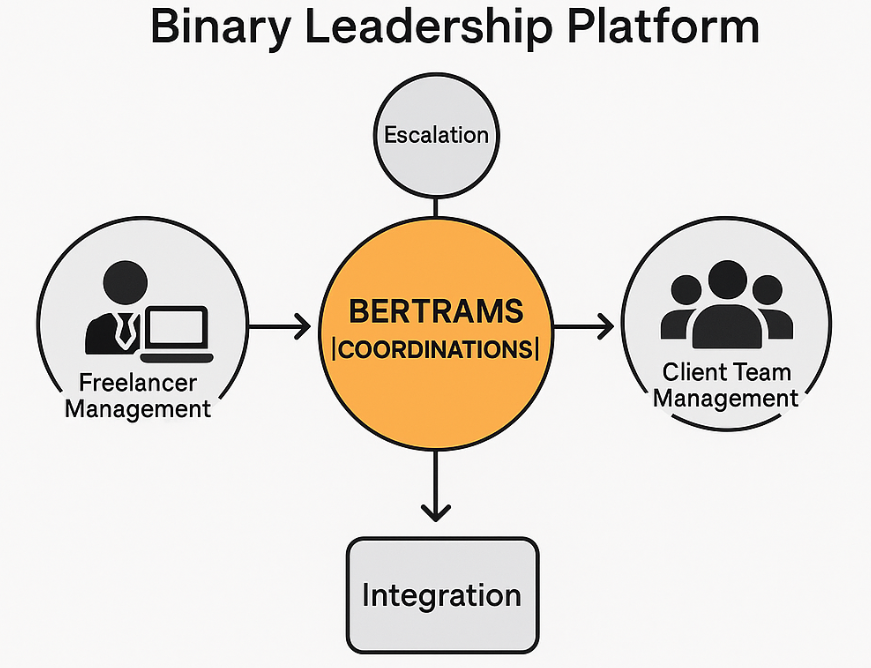The Power of S&OP/IBP: A Transmitter for Human-Centric-Anchored PMI Diagnostics
S&OP/IBP as a Strategic “Transmitter”
Integrated Business Planning (IBP) and Sales & Operations Planning (S&OP) are much more than tactical scheduling tools—they are the organizational “transmitter” that aligns people, processes, and technology. When designed with a human-centric approach, S&OP/IBP can:
- Bridge the gap between top-down strategy and bottom-up operational realities.
- Facilitate transparent, two-way feedback loops between C-level, middle management, and shop-floor teams.
- Enable dynamic allocation of both workforce power and technical capacities, based on KPI/data and human insights.


A Human-Centric Workforce is creating intrinsic new Capabilities
a) Workforce Power
- Middle and lower levels (team leads, supervisors, skilled staff) are empowered to provide direct input into capacity planning, skill gaps, and workload balancing.
- Guided feedback loops: Regular, structured feedback mechanisms (e.g., surveys, team alignment, suggested platforms) feed into the S&OP cycle, ensuring that workforce realities and morale are visible at every decision point.
- Human-centric KPIs: Not just productivity, but also engagement, learning curves, and well-being metrics are integrated into planning.
b) Technical Capacities
- Technical assets and constraints (machines, digital tools, automation systems) are mapped alongside workforce capabilities.
- Co-driven by people: Operators and engineers at the coalface contribute insights on machine utilization, downtime causes, and improvement opportunities.
- Scenario planning: S&OP generates demand and supply models, simulating different scenarios and their impact in supply capacities, workforce and machinery availabilities through demand-changes, highlighting bottlenecks and (urgent) investments.
3. Feedback Loops for New Technology Approaches
- Digital platforms (like the one upcoming at bertrams-coordinating-complexity.com) serve as the backbone for realistic milestone tracking, skill gap analysis, data sharing, and collaborative scenario alignment in binary/hybrid teams.
- Iterative learning cycles: Each S&OP/IBP round incorporates lessons learned, with feedback from all levels, driving continuous improvement.
- Change management: Transparent communication and involvement of all levels reduce resistance and foster a culture of shared ownership for new technologies.
4. Vertical and Horizontal Alignment
- Vertical: Each management layer (workforce, middle management, C-level) gets tailored dashboards and decision rights, ensuring their unique perspectives are represented.
- Horizontal: Cross-functional teams (sales, operations, HR, finance, IT) align on shared objectives, breaking down silos.
Executive Takeaway
S&OP/IBP, when leveraged as a human-centric transmitter, becomes the nerve center of modern, complex organizations:
- Empowering people at every level to contribute to capacity and technology decisions.
- Aligning human and technical resources asap to critical market and operational needs or to unforeseen new opportunities.
- Enabling rapid, people-driven adaptation to change, unlocking both hard (financial, operational) and soft (engagement, innovation) value.
This approach is especially for those organizations a valuable proposal, which are navigating post-merger integration, digital transformation, or any other high-complexity environment.





